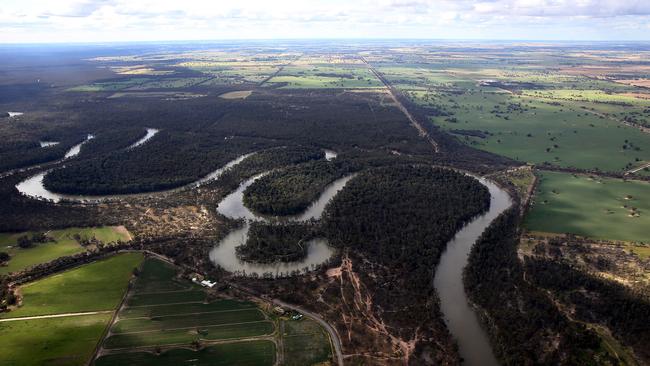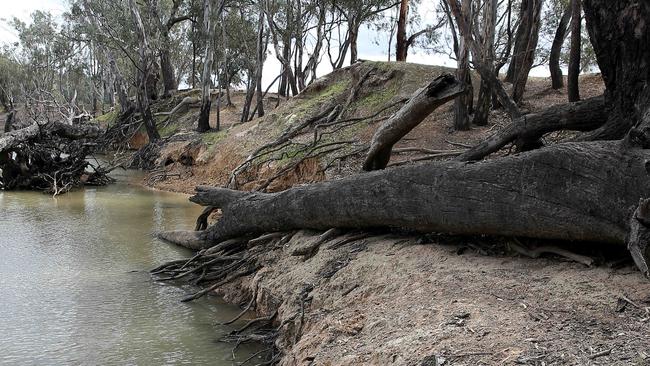Murray Darling Basin Authority proposes six options to fix Barmah Choke
A sand slug the size of 13 MCGs will choke the Murray River at Barmah unless it can be fixed in the next 10 years.

A sand slug the size of 13 Melbourne Cricket Grounds will choke the Murray River if action isn’t taken in the next 10 years, according to the Murray Darling Basin Authority.
The authority says it is exploring six options to reduce the sand blocking the Barmah Choke – the narrowest point of the Murray River – after 12 months of community consultations.
Speaking at the Murray Darling Basin Authority annual conference this week, MDBA director of river Murray operations Tyson Milne said the volume of water that was able to pass through the choke had declined from 11,300ML a day in the 1980s to about 9200ML a day this year.
“Within 10 years, the build-up of sand in the middle of reach will have a major impact on our ability to deliver water downstream if we don’t do something,” Mr Milne said.
Without action, the sand slug would cause erosion of river banks, and increased the risk that the MDBA would not be able to deliver water allocations to users in the Lower Murray when they need them, he said.

Irrigators in the Lower Murray increasingly require a reliable, uninterrupted supply of water to keep permanent crops like almonds, grapevines and citrus alive.
In a report released by the Murray Darling Basin Authority in April, satellite data from Sunrise Mapping and Research found permanent planting in the Lower Murray increased from 95,905ha to 131,480ha over the last 20 years, while seasonal plantings decreased.
The MDBA has put forward six options for basin governments to consider at their next Ministerial Council meeting:
POTENTIAL river works within the Barmah-Millewa reach
USE of Snowy Hydro to transfer Murray releases to the Murrumbidgee
CHANGES to timing of Lake Victoria transfers
OPTIMISATION of the existing Murray Irrigation Limited system
OPTIONS for delivery through the Goulburn Murray Irrigation District
SEDIMENT management
Grape grower and member of the Lower Murray Water strategic advisory committee Frank Dimasi said Sunraysia irrigators wanted to see government investment made to increase the capacity of storages in the lower Murray below the choke.
“Action is needed now to rectify the long-term viability of the Sunraysia region and food security for our cities,” he said.





